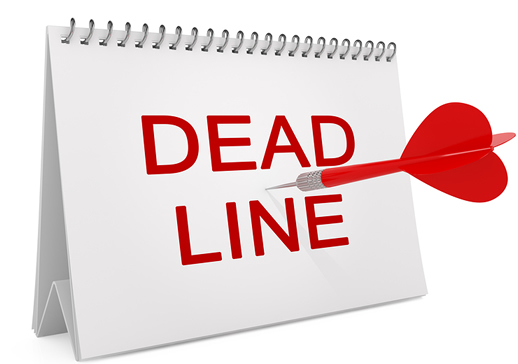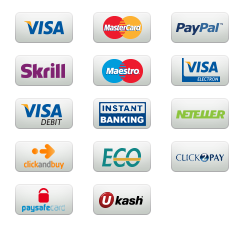ETHICAL THEORIES, LEADERSHIP & THE ETHICAL LENS INVENTORY
Leadership is often defined as the ability to influence people. An effective ethical leader guides an organization and its employees to accomplish organizational goals. In the same vein, an unethical leader can guide an organization and its employees to act unethically, harming both the organization and the stakeholders. Being a leader is an exploration, a reflection, and a test of your leadership values. Seeking understanding of how you resolve ethical dilemmas, taking inventory of where an ethical weakness may lie, and examining the traits of an ethical leader helps you define, shape, and apply an ethical decision-making framework, while also taking into consideration all stakeholders who may be impacted by your decisions.
Respond to an ethical situation as well as analyze the results of the Ethical Lens Inventory (ELI), including your top five values from the Clarifying Your Values exercise, both of which should be completed in the course of study. This task focuses on you as a leader by helping you to define, refine, and test your ethical boundaries through self-reflection and analysis.
SCENARIO
You are a sales representative for a medical device company that manufactures artificial joints. Your company has developed an artificial knee joint that is less expensive than the competition and will dramatically reduce healing time for patients. However, it is also known to produce a serious and potentially lethal infection in a small percentage of patients. The company refuses to disclose this potential side effect. You feel you have a duty to divulge this issue, but you signed a nondisclosure agreement when you were hired and worry about possible repercussions.
Write an essay (suggested length of 6–8 pages) in which you do the following:
A. Select a nonfictional leader who you feel has exhibited exemplary ethical conduct and do the following:
- Discuss two ethical traits your chosen leader has demonstrated.
- Explain how your chosen leader has exhibited ethical conduct.
Note: The chosen leader can be someone you know personally or someone famous.
B. Compare the deontological and consequentialist perspectives and how each perspective would approach the dilemma from the scenario.
C. Explain which level of cognitive moral development (i.e., preconventional, conventional, or postconventional) is represented in the scenario for each of the following questions:
• Which action would most likely serve the greater good in society?
• If I reveal this information, will I get into trouble and possibly even lose my job?
• Which action best aligns with my long-held belief in the principle of justice?
• What do the laws say, and what would a law-abiding citizen do?
• If I keep quiet will I get some sort of reward?
D. Reflect on your Ethical Lens Inventory (ELI) by doing the following:
- Explain your preferred ethical lens, or what it means to have a center perspective relevant to the ELI.
a. Analyze whether you have the same preferred lens in different settings (e.g., work, personal, social).
- Explain both your primary values and classical virtue(s) from the ELI.
a. Compare two primary values and one classical virtue from part D2 individually with three of the top five values from the Clarifying Your Values exercise.
- Describe one of the following from the ELI: your blind spot, risk, double standard, or vice.
a. Discuss three steps you can take to mitigate the blind spot, risk, double standard, or vice described in part D3 in order to make better ethical decisions in the future.
Sample Solution

 Our orders are delivered strictly on time without delay
Our orders are delivered strictly on time without delay  Our orders are delivered strictly on time without delay
Our orders are delivered strictly on time without delay 


